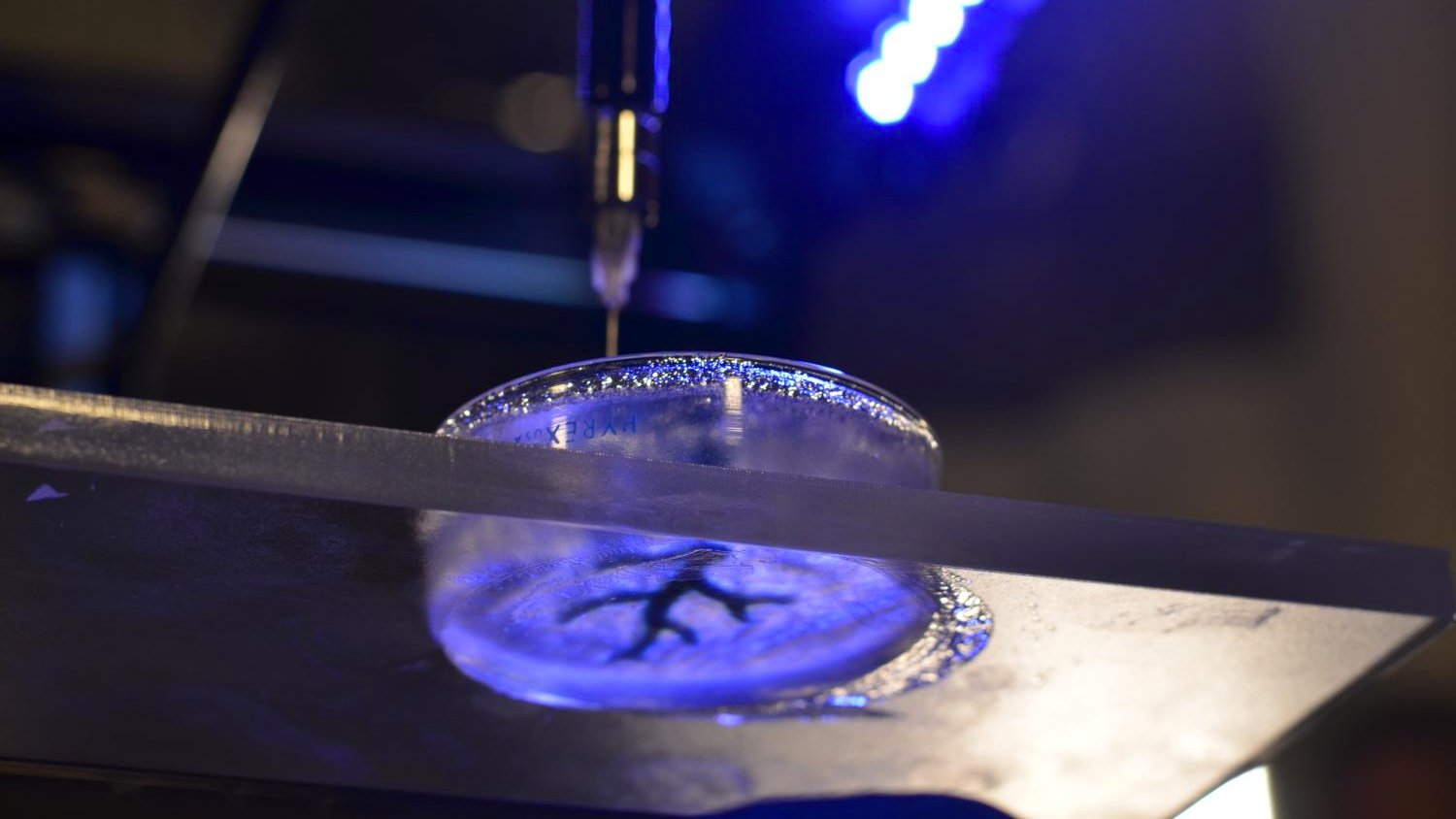3D printer gets hacked to produce hearts, bones and brains
Out of biological materials

There are many more people in the world on the waiting list for a donated organ than there are donors, which is why medical researchers are working hard to create synthetic alternatives.
Now a team from Carnegie Mellon University has modified an off-the-shelf 3D printer to create models of hearts, arteries, bones and brains out of biological material - an important first step to printing working organs.
"We've been able to take MRI images of coronary arteries and 3-D images of embryonic hearts and 3D bioprint them with unprecedented resolution and quality out of very soft materials like collagens, alginates and fibrins," said Adam Feinberg, who leads the university's regenerative biomaterials and therapeutics group.
'New Materials'
These soft materials are difficult to print with, because they collapse under their own weight when 3D printed in air. To solve that problem, Feinberg's team printed them in a support gel which melts away at human body temperature.
"Essentially, we print one gel inside of another gel, which allows us to accurately position the soft material as it's being printed, layer-by-layer," said Feinberg. "It has really enabled us to accelerate development of new materials and innovate in this space. And we are also contributing back by releasing our 3-D printer designs under an open-source license."
The team described its technology in an article in the journal Science Advances.
Get daily insight, inspiration and deals in your inbox
Sign up for breaking news, reviews, opinion, top tech deals, and more.
